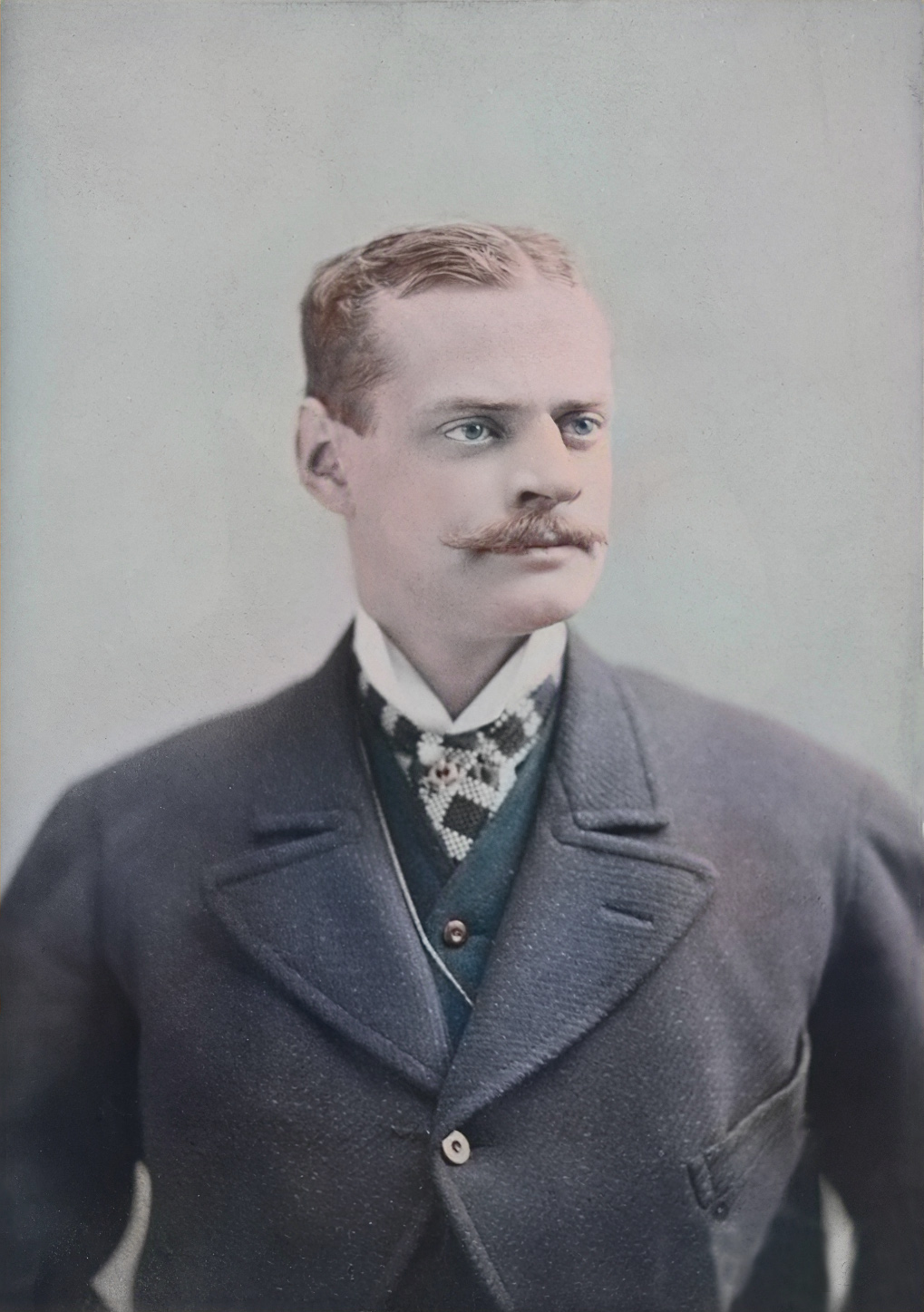Following my recent post on Kipling’s classic early science-fiction “With the Night Mail: A Story of 2000 A.D.” (1905, written 1904) I was pleased to find the sequel on YouTube: “As Easy as A.B.C: A Tale of 2150 A.D.” (1912 two-part serial, written circa 1907, in book form 1917). Comparing the two titles might make you think the sequel moves ahead by 150 years. It did, at least for the serial magazine publication. But as the authoritative Kipling Society says, Kipling later rolled the date back to 2065.
The year 2000 is an orderly world of high-technology, in which the British Empire appears to have been untroubled by either world war. The Empire has imperceptibly shrunk and morphed into the relatively light-touch global Aerial Board of Control (A.B.C.). A sort of ‘Commonwealth of the Air’, melded with a global Post Office and Merchant Shipping Service and in efficient charge of the world’s commerce and communications.
Heinlein is said to have been strongly influenced by the overall style of the first story, which was a huge ‘hard sci-fi’ breakthrough for its time. This second story is less serious in tone, probably Kipling’s wise choice. The wry humour sweetens the digestion of a clutch of grim themes.
[Spoilers follow]
By 2065 the A.B.C. has become a no-nonsense world government of-a-kind, with a garden-city London as the capital. It is efficient and incorruptible, partly because a kind of libertarian affluence is now ubiquitous and no-one can be bothered by such hard work. Human “executive capacity” has anyway become so hard to find, in a world in which a plague has reduced the global population to some 500 million, that the A.B.C could not rule the world even if they wanted to. The supine 1920s League of Nations or aggressive 1930s Axis it is not, and the A.B.C. ably services a world in which a plague has caused people to become nomadic and extremely averse to crowds and public touching, and to largely live very private and isolated lives. Under the benign oversight of the A.B.C. the world’s people can seemingly go anywhere they like, affluent and seasonally flitting from place to place in their fliers in search of privacy. Robot-like machines work the farm fields. So long as they do not interfere with commerce or the food supply or badger their neighbours, the tall and long-lived people of the time seem free to go live where they want. Think wild camping, gone high-tech glamping with airships, and with healthy ‘social distancing’ enforced by genetically-engineered screens of super-fast growing trees.
There are of course a tiny number of remaining anti-civilisation luddites, short and aged-looking and emotion-fuelled. Their cult-like groups flare up rarely in places such as the re-forested farming backwater of Chicago, where they aggressively agitate for the old ways and annoy the hell out of normal people. They can sometimes be reasoned out of their madness (as Russia tries to do), or can be persuaded to go about their amusingly primitive ways in a quasi-zoo akin to our ‘living museum’ format.
In terms of the technology Kipling’s ideas about a future ‘world-government based on airpower’ would become a commonplace by the 1930s (the later Wells, etc). Kipling’s original airship utopia had already gone beyond such things (“war went out of fashion”), though a small airship fleet armed with crowd pacifier-rays and sonic-stunners is maintained in case of need.
The talk of “plague” in the second tale throws a rather ghoulish back-light on the ‘isolated Greenland sanitariums’ of the first tale, and perhaps tells us why the airship crew solemnly ‘doffed their caps’ as the hospital ship passed in the dawn. In the second tale there are hints that the plague was linked to a tuberculosis that had developed in the abhorred “crowds” of the old world, who had once engaged in endless “talking” and “touching” due to their “settled living” in one place. There are hints that the Aerial Board of Control’s real problems for the post-2065 future will arise from other factors. The dwindling world birthrates in a post-plague world. The ennui and growing lack of curiosity among small-enclave populations, most still living in a plague-defence mindset. The obsessive yearning for privacy in a world of ubiquitous communication and open travel. It all sounds rather familiar.
Though it should be said that there is one strong hint that the birthrate problem will have a technological solution, so this is not a doomed ‘Radium Age’ civilisation, just one with its own interlocking set of problems to solve. Kipling seems there to be setting himself up for a third story. Yet he wrote no other A.B.C. tales, and not a single later author appears to have adopted Kipling’s Aerial Board of Control universe.
Anyway, I was pleased to find “A.B.C.” available on YouTube. Several other YouTubers have it but in a rather poor bathtub Librivox recording.
For those wanting a text to work from for their own audio production, note that The SF Encyclopedia warns that “Night Mail” is presented “incomplete” in the volume Kipling’s Science Fiction (Tor, 1992), though doesn’t state why or what was cut. I can see no problem with the first story. Perhaps the commenter was not aware of the marked differences to be found between the two 1905 versions, and again with the 1909 version. The British 1905 version has a section of about 20 lines entirely missing from later printings, for instance.
For those wanting the original art, Marcus L. Rowland’s free PDF edition of both tales collects the various original illustrations/paintings and also has the original surrounding…
weather advisories, classified advertisements, shipping notices, and a wide range of other snippets, intended to suggest that the tale was in fact appearing in a magazine published in 2000.
Some of these are delightfully humorous and also informative, so don’t skip them in the audiobook.



